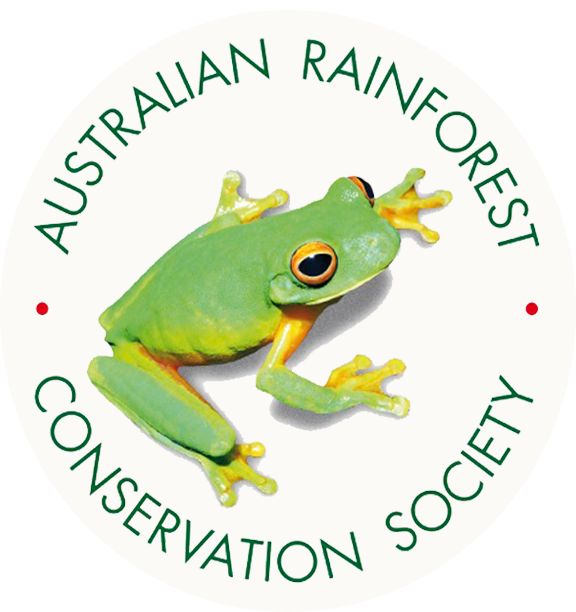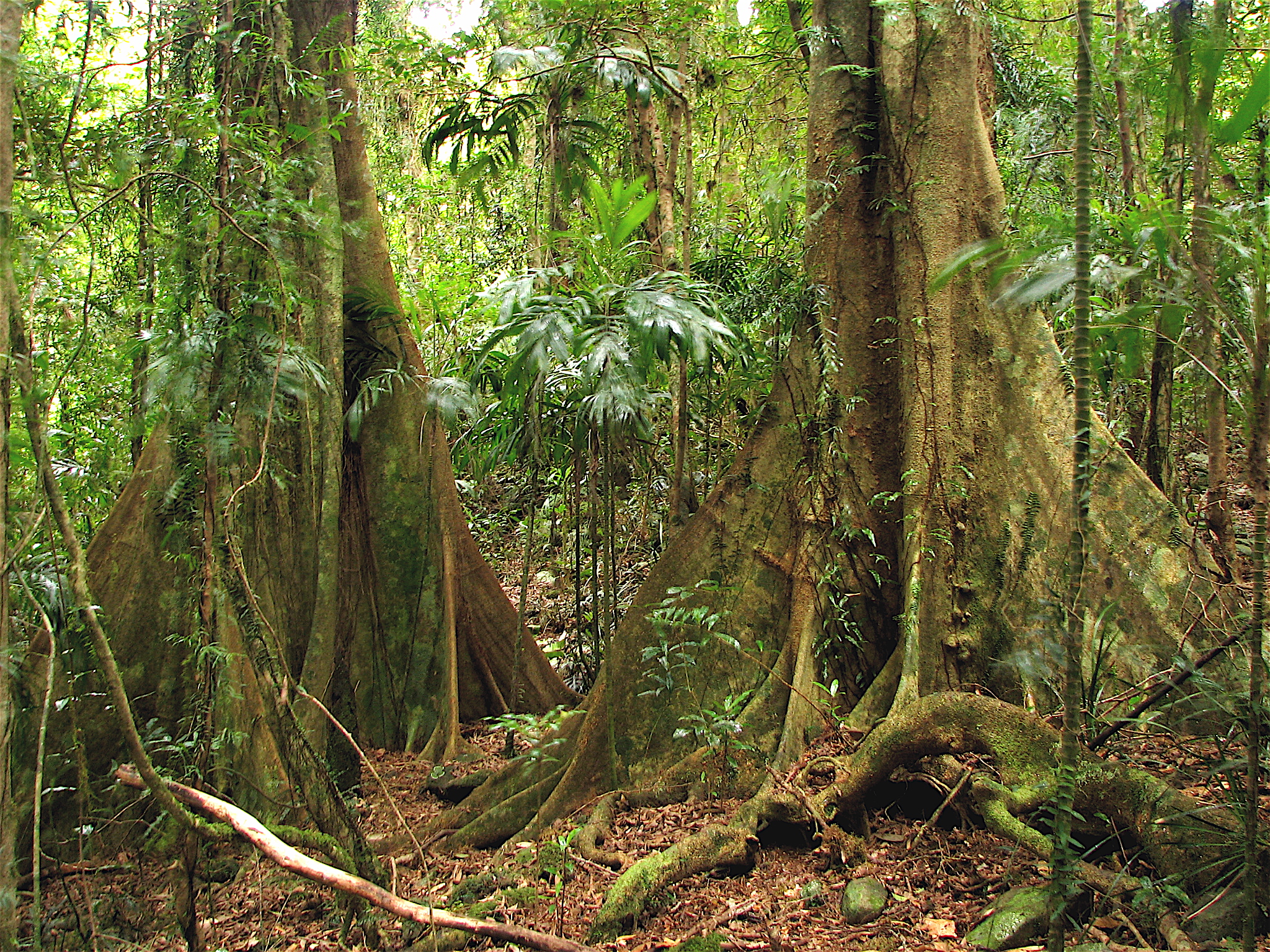

| Home | The Vision |
Springbrook Natural Wonder
Where is Springbrook The High Country second line | The Springbrook Rescue Project | Support the Project | About ARCS |
|
Springbrook, Queensland — an area of outstanding universal significance for conservation Springbrook is a unique, isolated remnant of the ancient Mt Warning shield volcano — one of the world’s best preserved — erupting 23 million years ago when Australia was, in part, still equably warm and wet (the Golden Rainforest Era). It remains the wet heartland of Australia’s subtropics, the last surviving microcosm of that ancestral rainforest era that transformed all Earth’s biodiversity. It is a World Heritage, a nationally recognized hotspot of threatened biodiversity, an evolutionary sister to the Wet Tropics, preserving ancient living lineages as no other Springbrook Plateau Springbrook Plateau is significantly different from the Lamington and Beechmont Plateaus. Parts are less eroded and have the highest rainfall of any area between the Wet Tropics and Tasmania — the ‘wet heart’ of the Australian subtropics. Two volcanic sequences from the Tweed Volcano (Springbrook Rhyolites and Unnamed Basalts) are unique to the Springbrook Plateau. Its climate is tempered by maritime influences. It is now topographically and, importantly, biologically isolated — a biogeographic island — with compressed rainfall, nutrient and altitudinal gradients preserving palaeoclimates and harbouring exceptional diversity and endemism. A number of plant species are either restricted to Springbrook or have their centre of distribution or peak development there and do not occur at Lamington. Springbrook is also part of the biogeographic area known as the McPherson–Macleay Overlap where subtropical and temperate elements occur together to an unparalleled extent.  |
||